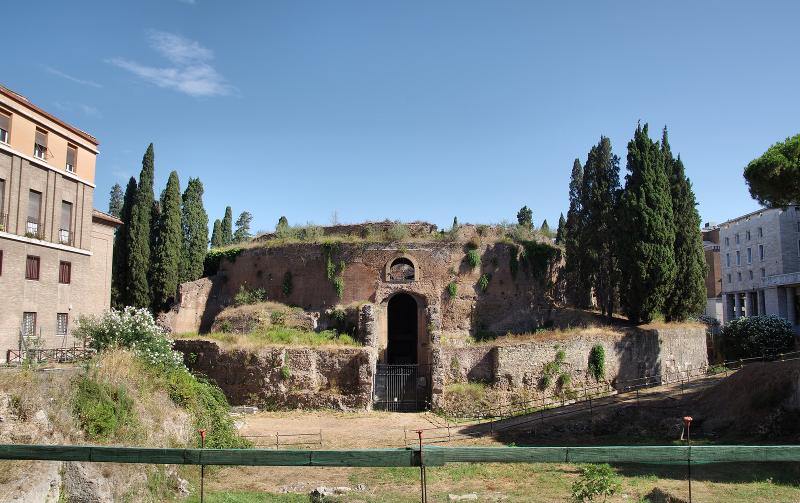The burial place of Emperor Octavian Augustus, the first Roman emperor whose mausoleum is a symbol of the architectural magnificence of ancient Rome, has reopened to the public after a 14-year closure.
“We are returning to the whole world a jewel of the heritage of humanity, a symbol of Rome and its history,” said Rome mayor Virginia Raggi during the inauguration ceremony on March 1.
Construction of the Mausoleum of Augustus, which was the largest circular tomb in the ancient world, began in 28 BC on the Campus Martius in Rome; today, it stands on Piazza Augusto Imperatore, near the corner with Via di Ripetta, alongside the Ara Pacis Museum, covering an area equivalent to a few city blocks.
Transformed into a fortress during the Middle Ages, the Mausoleum of Augustus later fell into disrepair and was left in a state of neglect for a long period of time. Restoration work is still ongoing and promises to return the monument to its former glory, beautifying and pedestrianizing the area around it as well.
Octavian Augustus was the first Roman emperor, reigning from 27 BC until his death in AD 14. Other members of the Julio-Claudian dynasty, who ruled Rome for its first century as a Principate, were buried in the Mausoleum. Of the more than 13,000 square meters of walls that can be seen today, almost half date back to the original construction from the time of Augustus.
The visit of the Mausoleum lasts about 50 minutes and takes place Monday to Friday; advance reservation is mandatory on the website, which also contains detailed information about the history of the Mausoleum and the restoration project.
Visits are free until April 21, Rome’s 2,774th birthday, and will continue to be free only for Rome residents throughout 2021.
The restoration is financed in part by the city of Rome and Italy’s Culture Ministry, and in part by Italian telecommunications company TIM.











